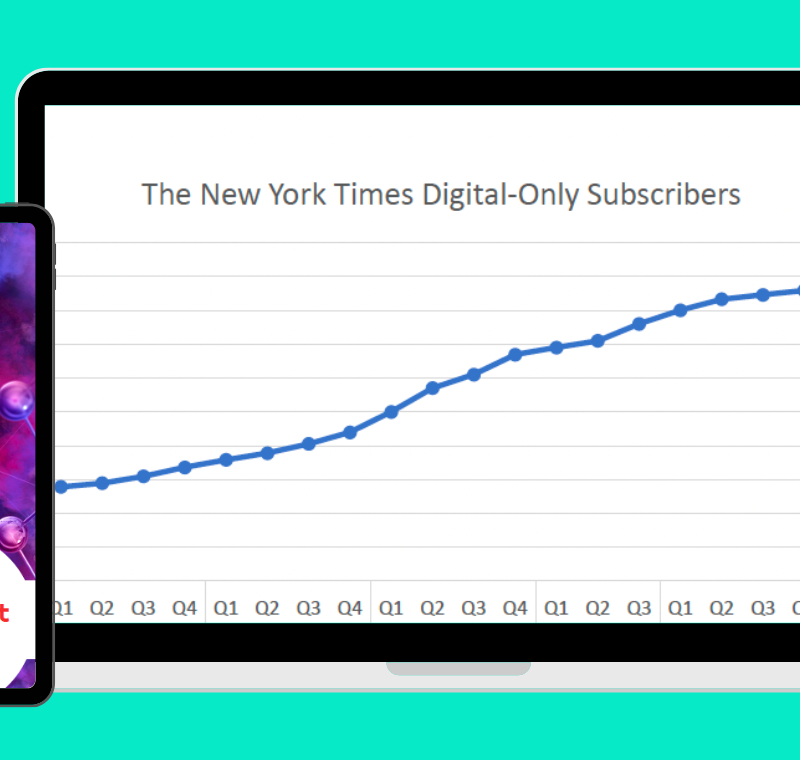Out of Home advertising: A landscape of possibilities
When I started in the business in the early 80s at BMP, there was a campaign for London Weekend Television that I remember vividly.
Every Monday, when I travelled in on the regular commute to Paddington, there was a new poster – each one in the same highly visible location and usually involving some humorous or intriguing take on the forthcoming weekend’s star offering.
I saw several of them over time, increasingly amazed that they changed so quickly and were always topical and entertaining.
The campaign, by Gold Greenlees Trott, was brought to the streets by Eric Newnham, now the chief executive of Talon. Every Monday morning at 6am, Newnham took Mike Gold on a site tour across London to make sure that all was in order.
While this is a very old campaign, it is incredibly instructive of the principles that we need to consider in the new world of out-of-home if we are to continue to deliver successful campaigns.
First, location and audience behaviour was all. Individual sites were hand-picked to ensure that the key audience – in this case, advertising agencies – would see the campaign regularly. To us, it became both dominant and frequent, and appeared to be a “big” public campaign that generated conversations.
Second, based on Gold’s observation that people would look out for new news on specific poster sites, LWT adopted the same principle – it brilliantly broke with poster convention and changed the copy every week. In this way, dominance and frequency were compounded by novelty and difference.
Third, there was a big idea; take a topical subject or story and feature it in the advertising – a bit like Private Eye. This provided the emotional, relevant pull – not just a rational sell – that was common in trade press advertising at the time.
Source: Advertising news & jobs
More like this
The research revolution, brought to you by Out of Home
News UK study demonstrates how exposure to advertising provokes conversation









